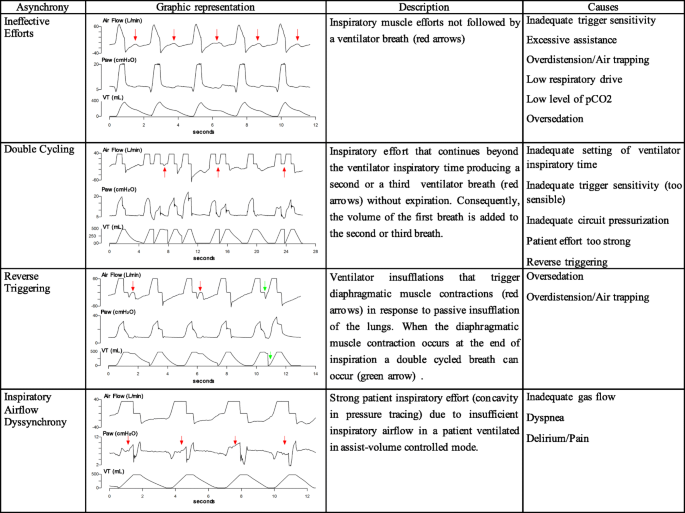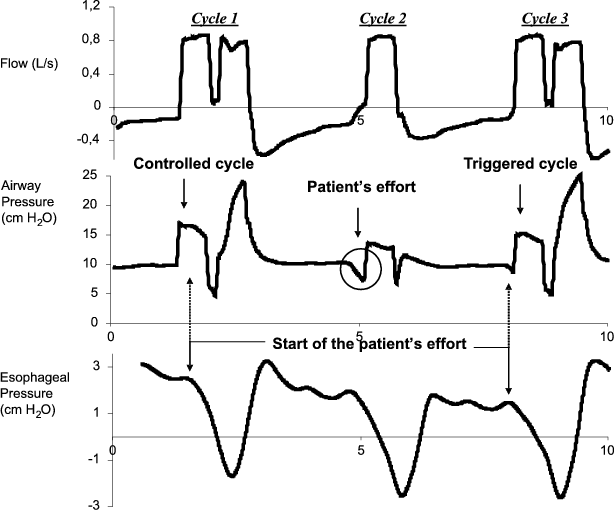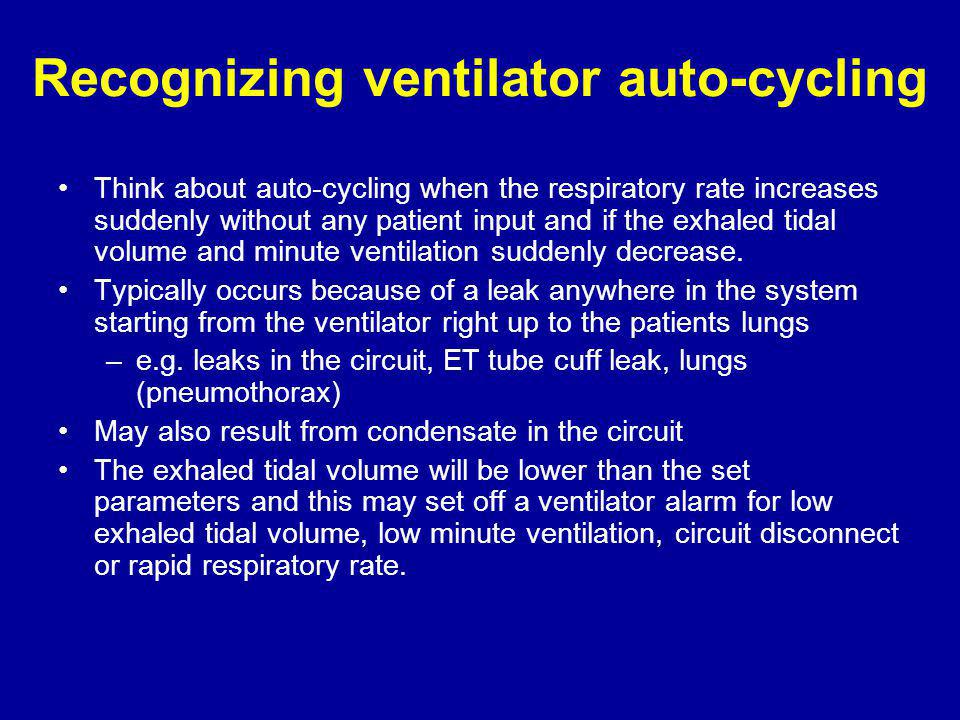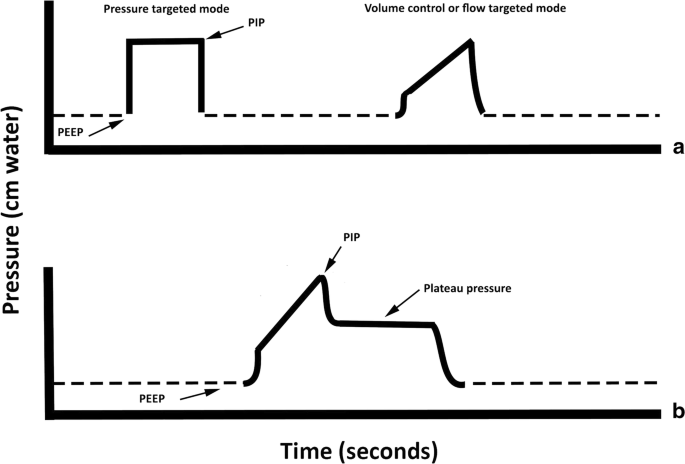
Patient–ventilator dyssynchrony in the intensive care unit: A practical approach to diagnosis and management - Brandon Oto, Janet Annesi, Raymond J Foley, 2021

Leak compensation in positive pressure ventilators: a lung model study | European Respiratory Society
Patient-Ventilator Interaction During Neurally Adjusted Ventilatory Assist in Low Birth Weight Infants

Patient ventilator asynchrony and sleep disruption during non-invasive ventilation. - Abstract - Europe PMC

Patient-ventilator asynchronies during mechanical ventilation: current knowledge and research priorities | Intensive Care Medicine Experimental | Full Text

Patient ventilator asynchrony and sleep disruption during non-invasive ventilation. | Semantic Scholar












